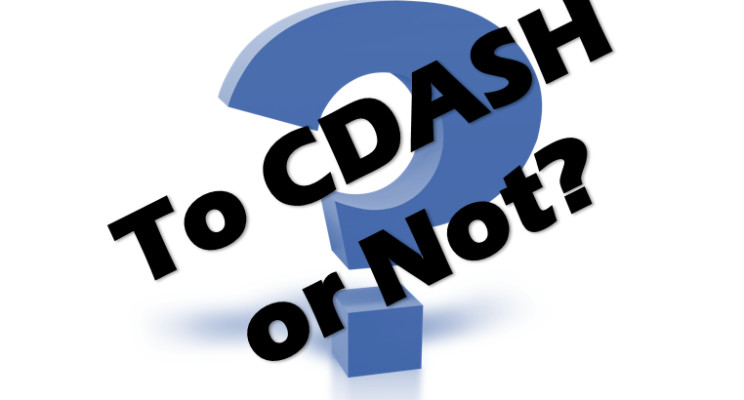While working with define.xml, usually we are focused on its creation for submission to regulatory agencies. The key advantage towards adopting this burdensome standard is that it is machine readable. Well, recently I tested the machine readability
nadmin
- Home
- Author: nadmin
CDASH is positioned as a standard to collect data to provide traceability from data collection to SDTM. It comes with recommendations for data collection for 16 common data domains, such as demographics and adverse events. The documentation includes
FDA submission requirements to use CDISC's SEND data standard is going to be applicable for studies starting end of this year (and end of next year for certain study types). Now is a good time for CROs
SAS has a powerful alternative - SQL procedure – to traditional data step processing. A large group of SAS programmers love to use Proc SQL, especially those with databases or computer science background. I started using Proc
In 2013 CDISC came out with define XML specification version 2.0. Unlike previous version 1.0, which was focused on SDTM, version 2.0 define.xml is designed equally well for SDTM, SEND and ADaM. Define.xml version 2.0 is now
Define.pdf can be a great supplement to define.xml for multiple reasons. Apache FOP software (http://xmlgraphics.apache.org/fop/) can beautifully render the define.xml to define.pdf when used with proper stylesheet file. We have developed a stylesheet file xml2fo.xsl by modeling
Risk based monitoring, a key component of centralized monitoring, is gaining popularity in recent years after encouragement from regulatory agencies. Often teams who adopt risk-based monitoring, limit its application to review of pre-defined site-level operational and clinical data











